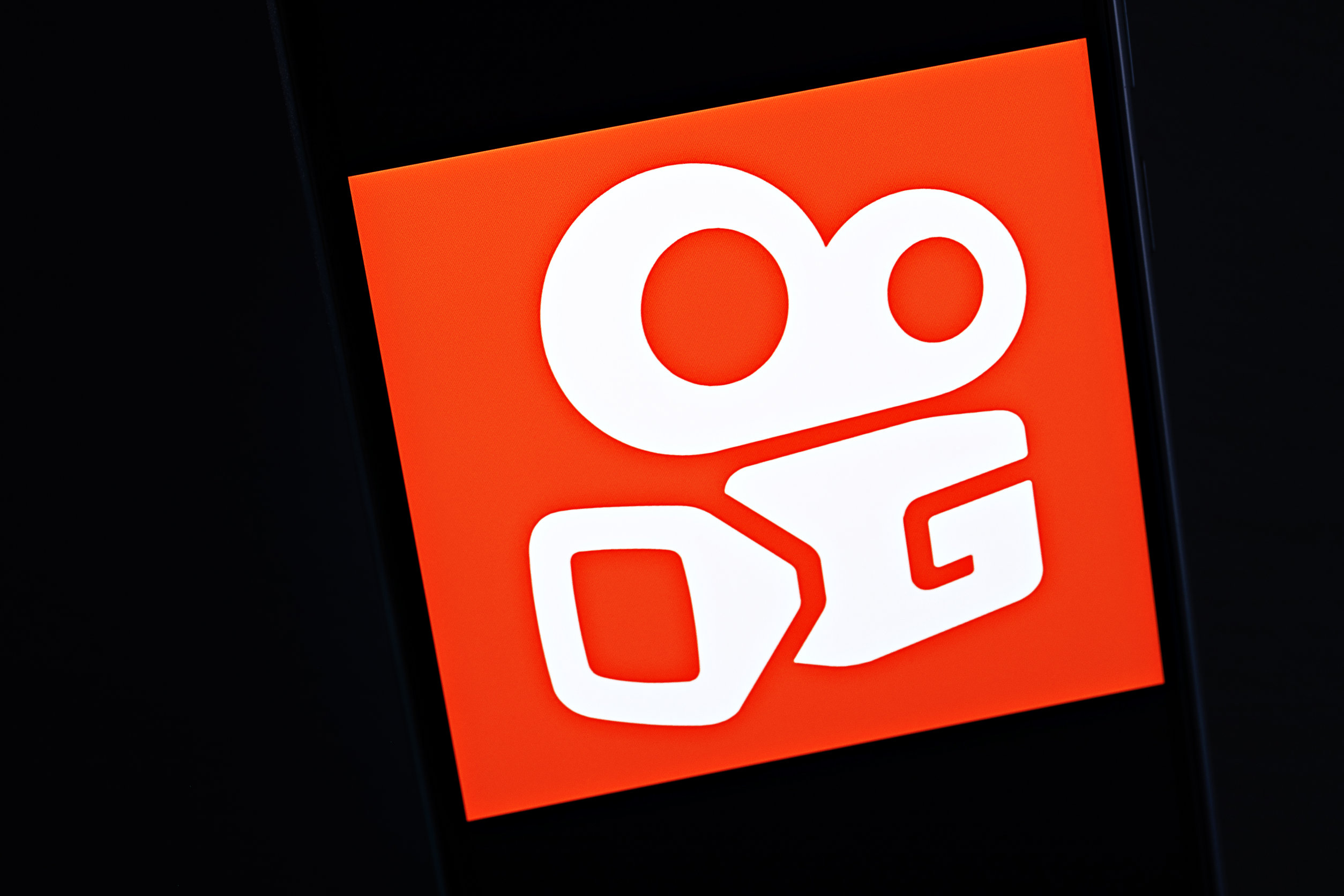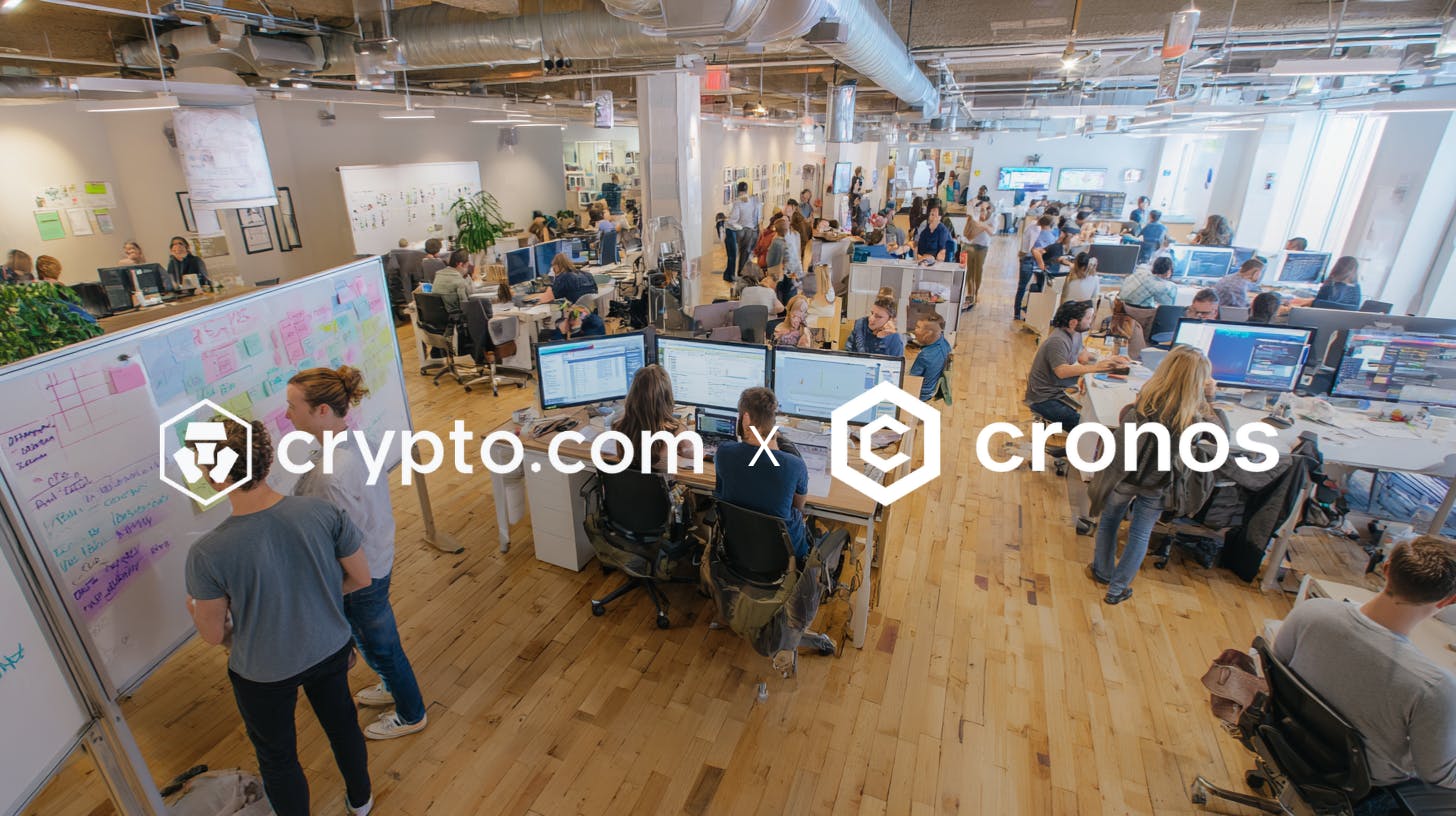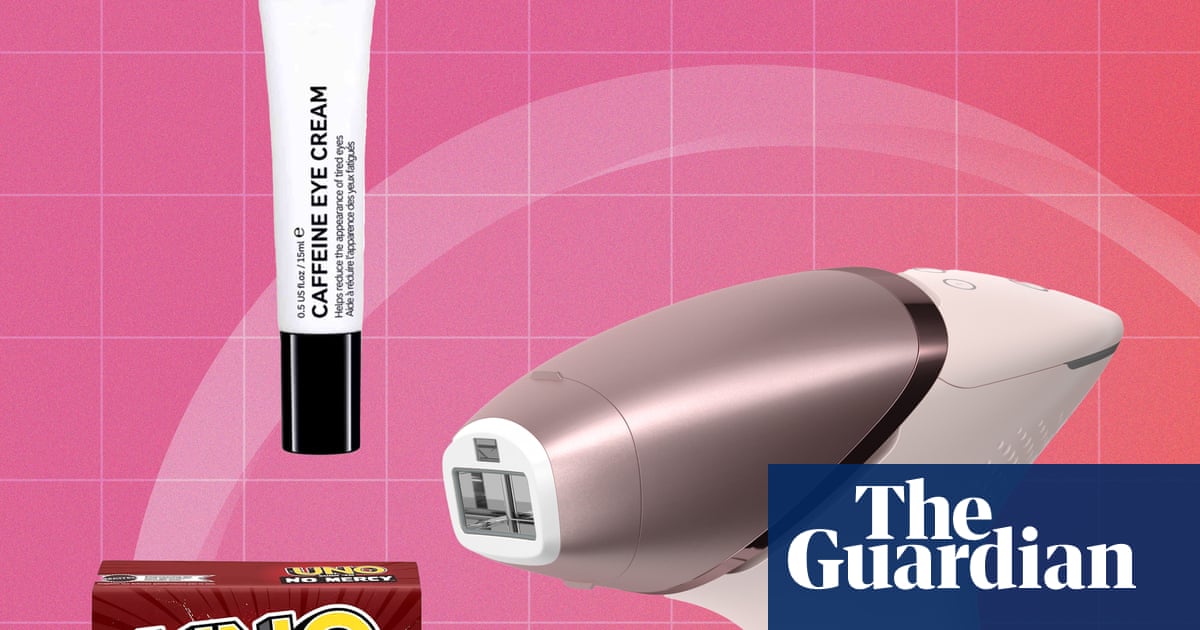Autonomous driving may still be years from mainstream adoption, and air taxis (ie, “flying cars”) have yet to win FAA approval for large-scale use. But the transportation industry is nonetheless racing ahead with remarkable innovations. From safety upgrades to greener designs to technologies built for peace of mind, a wave of creative advances is about to take off, on the road and in the sky.
Elysian Aircraft
For making an electric alternative in the aviation industry
While enthusiasm for electric cars has cooled somewhat in the automotive world, Elysian is making an electric alternative for aviation look viable. The company’s E9X is a 90-seat aircraft with an estimated 500-mile range. Nearly half of all flights worldwide fall within that distance, which means the E9X could cut emissions significantly and offer a lower-cost option for short routes. To make it possible, Elysian redesigned the airframe, energy mass fraction, and propulsion system, integrating batteries into the wings and adding folding wingtips to expand the wingspan during flight. The aircraft is slated to enter service in 2033.
First Student
For eliminating parental school bus angst
School buses provide essential support for working parents, but uncertainty about delays or whether a child has arrived safely can cause stress. First Student’s HALO system uses AI, real-time data, and predictive analytics to give families peace of mind. Students board with RFID cards linked to GPS tracking, allowing parents to confirm location and know if a bus was missed. The system also sends alerts when a bus is running late so parents can decide whether to drive their children instead. HALO is already in use at more than 19,000 schools and across tens of thousands of buses.
Piasecki Aircraft
For taking VTOL aircraft beyond air taxis
Much of the conversation around VTOL (vertical takeoff and landing) aircraft has centered on air taxis, but Piasecki sees the technology as a tool for rescue and recovery. The company’s ARES is designed for tasks ranging from autonomous casualty evacuation to cargo resupply to expeditionary logistics. Its modular design allows it to switch roles quickly by swapping mission components. Piasecki has secured more than $50 million in combined funding from the US Army and Air Force, and as natural disasters become more frequent, the aircraft could play an important role in civilian response as well.
PlusAI
For bringing autonomous driving to big rigs
PlusAI’s SuperDrive is an autonomous driving system built for heavy-duty trucks, a cornerstone of the global supply chain. With partnerships already established with Traton Group, Hyundai, and Iveco—three of the largest commercial vehicle makers—the company is preparing for a 2027 launch of factory-built driverless trucks. Testing is underway on public roads in Texas, Germany, and Sweden, with more than 5 million autonomous miles logged so far. The technology addresses a pressing challenge: driver shortages that threaten to worsen supply chain strains in the United States and beyond.
Volvo Cars
For updating the most important part of car safety—the seat belt
Automakers have made big strides in safety over the past two decades, but the seat belt has seen little change. Volvo is now developing a system that adapts to passengers of different shapes and sizes. Standard seat belts have just three fixed load-limiting profiles; Volvo’s design expands that to 11, offering far more flexibility. It draws on data from multiple sensors—inside and outside the car, as well as crash sensors—to assess the direction, speed, and nature of a collision, along with passenger posture. That information is relayed instantly to the belt for optimal protection. The system can also receive continuous improvements through over-the-air software updates.
The companies and individuals behind these technologies are among the honorees in Fast Company’s Next Big Things in Tech awards for 2025. Read more about the winners across all categories and the methodology behind the selection process.











